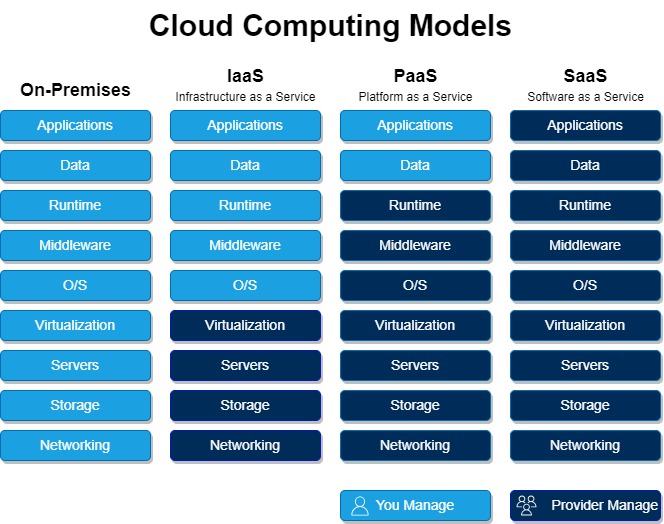Platform as a Service (Paas)
Contents
Platform as a Service (Paas)#
Platform as a service (PaaS) is a cloud computing model in which users receive hardware and software resources from third-party vendors over the internet. These tools are often required for application development. As a result, PaaS eliminates the need for developers to set up in-house gear and software in order to create or execute a new application.

PaaS pros and cons#
The main advantage of PaaS for consumers is its simplicity and comfort. The flexibility to pay on a recurring (subscription) or per-use basis allows businesses to forego the capital costs associated with on-premises gear and software. PaaS effectively transfers responsibility for supplying, monitoring, and upgrading critical tools from the internal IT staff to the PaaS provider on the outside.
Many PaaS solutions are aimed at software developers. These platforms include computation and storage infrastructures, as well as text editing, version management, compilation, and testing capabilities to assist developers in swiftly and efficiently developing new software. The underlying infrastructure of PaaS systems is concealed from developers and other users. As a consequence, the concept resembles serverless computing and function-as-a-service designs, in which the cloud service provider controls and executes the server while also regulating resource allocation.
However, in terms of drawbacks, PaaS might cause issues with service availability and resilience. Customers may suffer as a result of a service outage or other infrastructure interruption, which might result in expensive productivity losses. PaaS providers, on the other hand, typically offer and support high uptimes, however availability is controlled by the provider’s service-level agreement (SLA).
Another widespread problem is vendor lock-in, which occurs when consumers are unable to simply transition many of their services and data from one PaaS platform to another. Internal modifications to a PaaS product might potentially be a problem. The impact on users can be tough and disruptive if a PaaS provider ceases supporting a programming language, chooses to supply an alternative set of development tools, or even discontinues part or all of the platform’s components. Users must monitor the PaaS provider’s service roadmap to understand how their environment and capabilities will be affected by the provider’s strategy.
Future of PaaS#
PaaS has established itself as a cost-effective and powerful cloud platform for creating, operating, and managing applications, and the PaaS market is predicted to grow and expand through 2027.
The requirement for enterprises to minimize complexity, eliminate local infrastructure, improve communication — notably among remote and geographically scattered teams — and streamline application administration responsibilities has led to such expectations.
PaaS expansion and growth are also fuelled by cloud migration and initiatives to build cloud-first or cloud-native applications, as well as other new cloud technologies like IoT. By 2027, the importance of iPaaS is predicted to grow significantly as organizations of all sizes strive to update, connect, and exchange data across heterogeneous software programs, as well as offer unified tools throughout the business and to their client base.
Final Words#
Finally, a Platform as a Service (PaaS) may bring several advantages to enterprises, including the ability to swiftly and simply create and test applications without the need for costly infrastructure. Another significant benefit is the ability to scale up or down fast and efficiently, as well as the enhanced flexibility that a PaaS may provide. However, it’s critical to pick a PaaS provider that works with your current systems and provides the capabilities and functionality you need.
See also
Do you want to get practical skills to work in cybersecurity or advance your career? Enrol in MCSI Bootcamps
